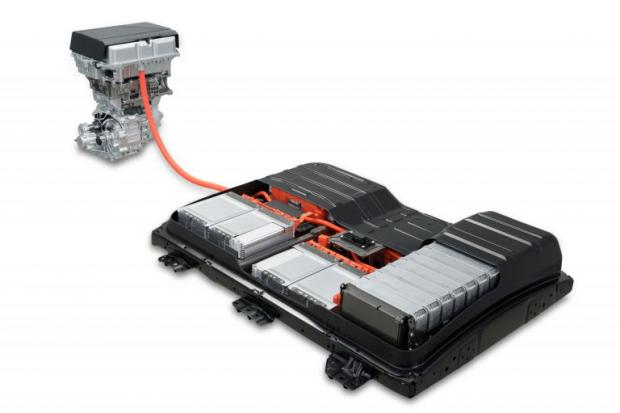
Breaking News
 Who Really Owns America (It's Not Who You Think)
Who Really Owns America (It's Not Who You Think)
 Canada Surrenders Control Of Future Health Crises To WHO With 'Pandemic Agreement': Report
Canada Surrenders Control Of Future Health Crises To WHO With 'Pandemic Agreement': Report
 Retina e-paper promises screens 'visually indistinguishable from reality'
Retina e-paper promises screens 'visually indistinguishable from reality'
 Unearthed photos of 'Egypt's Area 51' expose underground complex sealed off...
Unearthed photos of 'Egypt's Area 51' expose underground complex sealed off...
Top Tech News
 Future of Satellite of Direct to Cellphone
Future of Satellite of Direct to Cellphone
 Amazon goes nuclear with new modular reactor plant
Amazon goes nuclear with new modular reactor plant
 China Is Making 800-Mile EV Batteries. Here's Why America Can't Have Them
China Is Making 800-Mile EV Batteries. Here's Why America Can't Have Them
 China Innovates: Transforming Sand into Paper
China Innovates: Transforming Sand into Paper
 Millions Of America's Teens Are Being Seduced By AI Chatbots
Millions Of America's Teens Are Being Seduced By AI Chatbots
 Transhumanist Scientists Create Embryos From Skin Cells And Sperm
Transhumanist Scientists Create Embryos From Skin Cells And Sperm
 You've Never Seen Tech Like This
You've Never Seen Tech Like This
 Sodium-ion battery breakthrough: CATL's latest innovation allows for 300 mile EVs
Sodium-ion battery breakthrough: CATL's latest innovation allows for 300 mile EVs
 Defending Against Strained Grids, Army To Power US Bases With Micro-Nuke Reactors
Defending Against Strained Grids, Army To Power US Bases With Micro-Nuke Reactors
Stanford Says Its Sodium-Based Battery Beat Lithium On Most All Fronts...

But is it really worth its salt?
When it comes to electric vehicles, lithium ion batteries are the only game in town. But that doesn't mean other sorts of chemistries aren't vying for a piece of the action. Lithium air batteries, lithium sulfur (Li-S) batteries, and the "asphalt" battery we recently reported on are examples of other approaches being taken towards providing improved energy storage. Now, meet another: the sodium ion battery.
Though pioneered by others, researchers at Stanford (including Yi Cui, a rock star in battery science circles), say their approach can offer similar energy storage of lithium batteries, but for 80% less cost. Obviously, that's significant.
When it comes to other metrics by which to measure performance, however, information is limited. While the team says they've optimized the charging cycle, they still can't give a figure on volumetric energy density, which might indicate whether or not this technology could be used in cars. If the space needed to hold energy is much larger than what is in commercial use now, then this chemistry might be relegated to a role in renewable energy storage instead of in transportation.

 SpaceX Heat Shield and Starship Mass Production
SpaceX Heat Shield and Starship Mass Production

